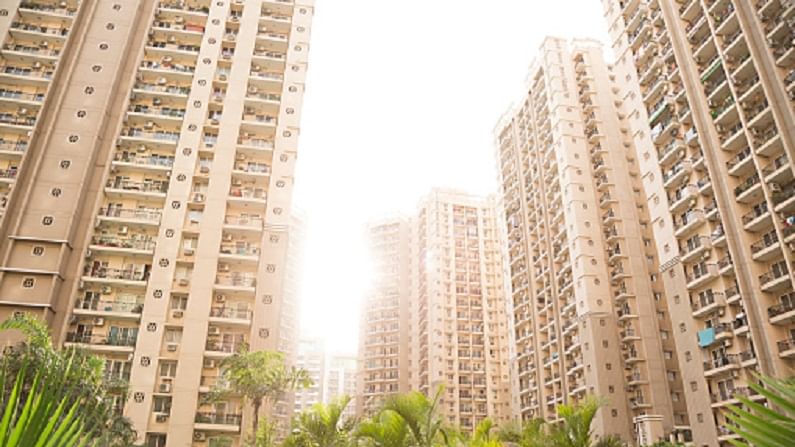Household debt increased by 1.5 times between 2012-2018: SBI Report
The state-wise trend indicates that the rural households’ average debt more than doubled in 18 states for the 6 year period ended 2018

The recently released India Debt and Investment Survey (AIDIS) report for 2018 shows increase in average amount of debt among rural as well as urban households, with the average amount of debt increasing by 84% and by 42% respectively for rural and urban households for the 6 year period ended 2018. The state-wise trend indicates that the rural households’ average debt more than doubled in 18 states for the 6 year period ended 2018, while 7 states witnessed the same for urban households. The 5 states, including Maharashtra, Rajasthan and Assam witnessed a simultaneous doubling in average debt across both urban and rural households during this period.
The Covid-19 pandemic has resulted in a spike in household debt to GDP rate. As per the estimates of SBI’s Ecowrap report, it rose sharply to 37.3% in 2020-21 from 32.5% in 2019-20 (BIS estimates are at 37.7% as on Dec’20). The report estimate that household debt as a percentage of GDP has declined to 34% in Q1FY22 with the commensurate rise in GDP in Q1, though it has increased in absolute terms. It projects that household debt in rural and urban areas might have doubled in 2021 from the 2018 levels.
Debt-Asset ratio which is an indicator of household indebtedness has increased to 3.8 in 2018 from 3.2 in 2012 for rural households and from 3.7 to 4.4 for urban households. Kerala, Madhya Pradesh and Punjab were 3 states that witnessed deterioration of at least 100 bps in debt asset ratio over the 6 year period ended 2018. On balance, the pace of asset creation seems to have kept pace almost on an even keel across both rural and urban areas, with a marginal tilt towards the latter.
The good thing is that in rural India, the share of outstanding cash debt from non-institutional credit agencies has declined significantly to 34% in 2018 from 44% in 2012. Almost all states have registered steep decline in non-institutional credit in rural areas, indicating the increase in formalisation of the economy.
The share of non-institutional credit has declined significantly in case of Bihar, West Bengal, Rajasthan, Haryana and Gujarat.
Even in Haryana and Rajasthan that witnessed loan waiver schemes, the share of non-institutional credit declined contrary to popular perception. This could be explained by significant increase in penetration of KCC cards in these 2 states. The number of KCC cards was observed to jump by 5 times over the 7 year period ended 2020. For the record, Haryana and Rajasthan did witness an average increase of 9%.
“We believe that the recent reforms in Agriculture could further help in formalisation of the economy, despite the political cacophony. However, there is still a fundamental reform pending that is in the realm of RBI. This is making Agriculture Cash-Credit at par with other segments,” the report said.
As per the norms of asset classification for agriculture advances, in case of an agriculture cash credit account a farmer has to repay the entire outstanding (principal along with interest) to seek fresh loans from the banks unlike other segments of cash credit business where if the borrower has cleared interest payments, he/she would be eligible for enhancement/ renewal. It would be in the interest of the farmer, if the farmer is given renewal/enhancement, especially when the bank is satisfied with the farmer in terms of his/her land holding/paying capacity etc.